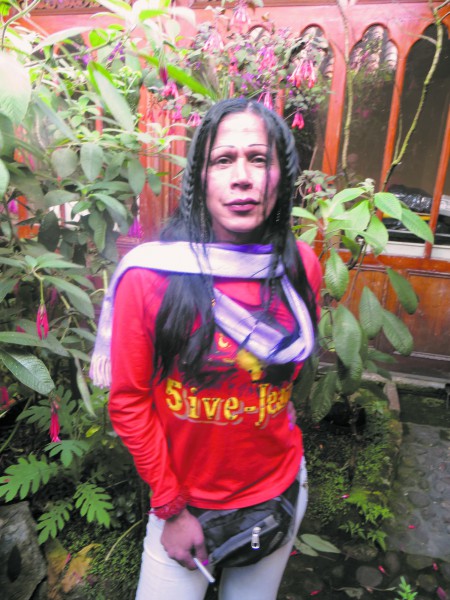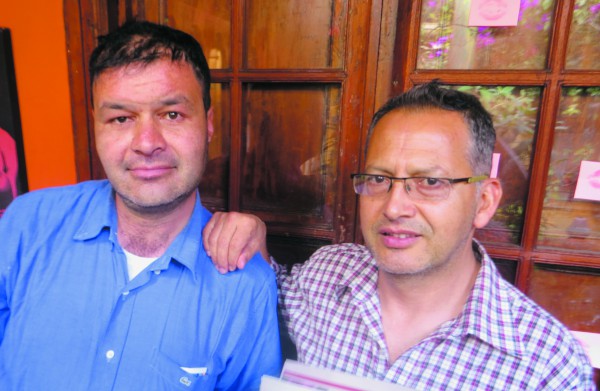 Santos tables National Development Plan that seeks to tackle rural poverty, close rich-poor divide, invest millions in housing and schools and fund Bogota’s Metro system
Santos tables National Development Plan that seeks to tackle rural poverty, close rich-poor divide, invest millions in housing and schools and fund Bogota’s Metro system
On Monday February 9, congress began debating an ambitious development scheme, put forth by President Juan Manuel Santos last week, that seeks to lift Colombia’s rural inhabitants out of poverty, close the wealth gap, and even fund construction of a subway in the capital Bogota.
The 2014-2018 National Development Plan aims to maintain economic growth at around 4.5 percent, keep unemployment below 10 percent, and invest 29 percent of the Colombia’s annual GDP into the wide ranging plan over the next four years, according to media reports.
In what is perhaps the most overarching part of the policy framework, the plan takes aim at combating rural poverty by investing in infrastructure and modernising the agricultural sector.
Some 703 billion pesos have been earmarked for the initiative which includes plans to build 15,000 new homes, open agricultural schools, and provide access to credit, reports said.
Almost 43 percent of Colombia’s farmers live below the poverty line, according to figures in the National Development Plan, approved by Santos’ economic team on Wednesday, February 3.
The Santos government aims to reduce this to 36 percent by 2018.
“The main goal of the plan is to pull people out of poverty, and that generations to come will follow,” Margarita Barraquer, director of the National Agency for Overcoming Extreme Poverty (ANSPE) told The Bogota Post.
Another large focus of the Development Plan is education. Scholarships have been offered to some 10,000 students across the country, starting this January. The scholarships are intended to provide more opportunities for lower strata, gifted students.
In rural areas, there are plans to open six agriculture schools, according to reports.
Juan Pablo Bustamante, director of education-focused NGO Help Foundation, praised the initiative, saying: “It is fundamental that young rural people find opportunities for development in their areas. To achieve this, it is key that the knowledge that they are developing is relevant to the areas where they live.”
As well as education, the plan is set to focus on rural gender equality. At least 30 percent of the total budget for the initiative is to be allotted to initiatives that empower women, according to reports.
Critics of Santos’ Development Plan argue that it is a carbon copy of the 2010-2014 agenda, and that this represents the president’s failure to meet the goals during his first four years in office.
But praise for it — including from political blog La Silla Vacia — lauds the fact that the government consulted with communities in the areas intended to benefit the most before drafting the Development Plan.



